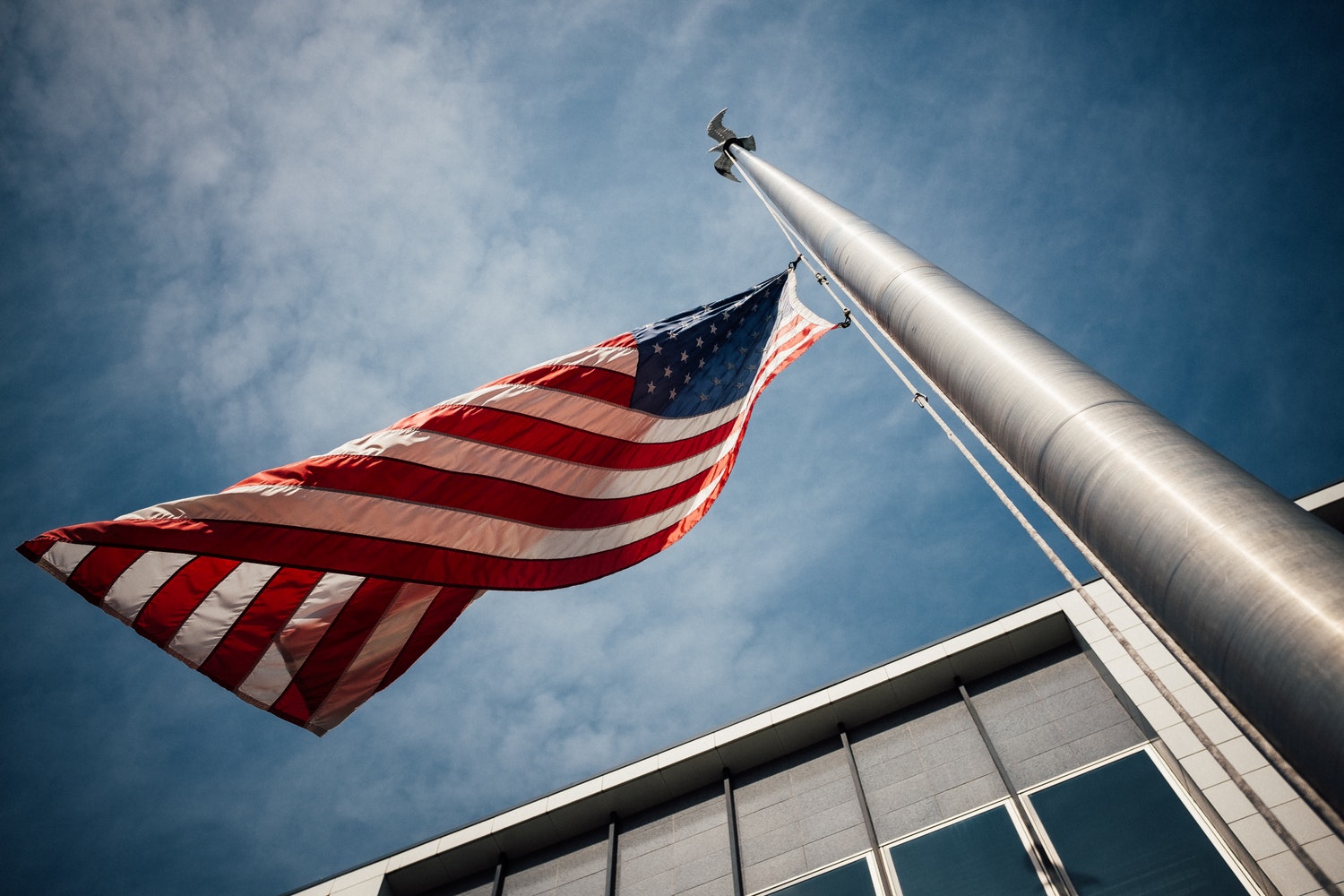
American politics, throughout history, have been defined by eras of party dominance following so-called “critical elections”—elections that drastically alter party loyalty among voters—leaving one party with a general control of government for an extended period of time.
From Andrew Jackson establishing the Democratic party in 1828, to Republican William McKinley’s presidential campaign success beginning a run of Republican presidential dominance from 1896 until 1932 (a time with only one Democratic president, Woodrow Wilson), to FDR’s 1932 “New Deal Coalition” igniting a 36-year era of Democratic dominance, one election has served as the birth of greater political movements—due to changing demographics, policies and general appeal.
Since 1969, however, the modern political state is best described as a gridlock—one Democratic president is followed by a Republican president and so on, and houses of Congress change with the seasons, as the two parties have drifted into their respective corners.
However, the era defined by hyper-partisanship might be laying the foundation for our next critical election—one that could lead to a more long-lasting time of party dominance from one party.
With midterms approaching on Tuesday, Republicans are scrambling to retain one-party control of government in the wake of a blue wave built off an uproar of voter registration and political involvement. preaching “checks and balances” and resistance.
President Donald Trump, seeking to revive GOP voter enthusiasm just days ahead of the midterms, is dispatching soldiers to the border in anticipation of a migrant caravan of some 5,000—that is in no way, shape, form or fashion an “invasion”; the caravan would account for 0.0016 percent of the United States population. He’s also hinted at the idea of removing the Fourteenth amendment’s guarantee of the right to citizenship for all persons born in the United States.
But any action Donald Trump takes has an equal and opposite reaction among Democratic voters that even Sir Isaac Newton would find most impressive. For every political ploy he launches into action, Democrats feel a surge, battling back at his claims.
However, the age of Trump—despite fostering a bitterly partisan-divided electorate— has led to increased voter turnout as both his opponents and supporters vie for support of the electorate to win the Game of Offices. While midterm elections always experience a drop-off in voter participation,, a Pew Research Center survey discovered “that voter enthusiasm is at its highest level for any midterm election in more than two decades.”
Compared to the 2014 midterms, turnout in House primaries rose 5.9 percent, and Senate primaries saw an increase of 5.6 percent.
While Democrats have felt the greatest gains, and FiveThirtyEight all-but guarantees they gain control of the House, the Senate is likely to remain in Republican hands or deadlocked—mainly because only nine of the Republicans’ 51 Senate seats are up for election, compared to 26 of the 49 Democratic seats.
So how is this deepening of the gridlock going to lay the foundations of the next critical election? Young people and minorities—mainly Asian Americans.
The Democratic Party already has a firm grasp on the Hispanic and African-American votes—with 88 percent of African Americans voting for Hillary Clinton in 2016 (down from 93 percent for President Obama in 2012) and every Democratic president dating back to Jimmy Carter winning the Hispanic vote. Dating back to 1980, No Republican has garnered more than 40 percent of the Hispanic vote, and the last three Presidential elections have seen the Democratic candidate average 68 percent of the Hispanic vote, compared to just 28.6 percent for Republicans.
However, no party has accomplished the feat of encouraging young people to show up at the polls on election day, as those ages 18 to 40 remain the least reliable. Additionally, nearly 44 percent of registered Asian-American voters remained out of the fold of either party in the 2016 elections despite only seven percent of Asian-American voters viewing Donald Trump favorably, finds Cambridge.
Only 56.3 percent of eligible Asian-Americans were registered to vote as of March 2018, which is lower than the Latino and African-American populations. 55 percent of Millennials plan to vote in November, with a large amount undecided. Among those eligible to vote from Generation Z, 71 percent plan to vote in the midterms, and 97 percent of those not-yet eligible plan to vote in the next presidential election.
The younger generations and the minorities favor Democrats over Republicans, but they don’t vote as much; however, that is starting to change. In a time of paralyzingly close elections, the smallest increase could spur the largest movement—but the same could be said for a decrease in turnout.
The American political train is steaming ahead, and the tracks are being laid ahead to send it in one direction or another for the next several decades, but which side will enforce their will? Numbers peg the Democratic party as a sleeping giant of sorts, but when will the sleeping giant awaken? The question seems to be more of a when, not an if.
